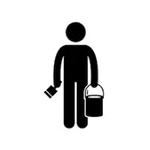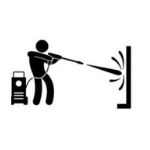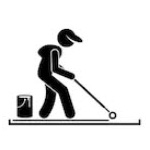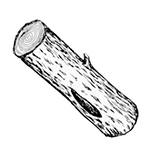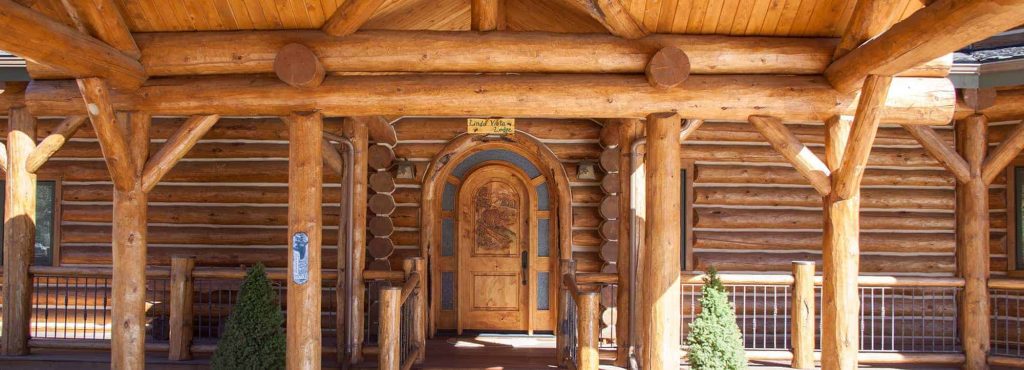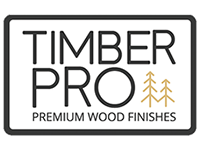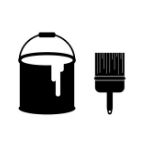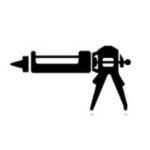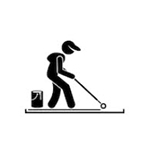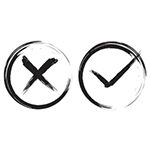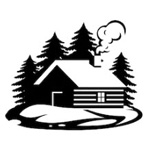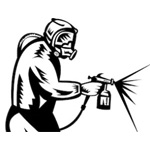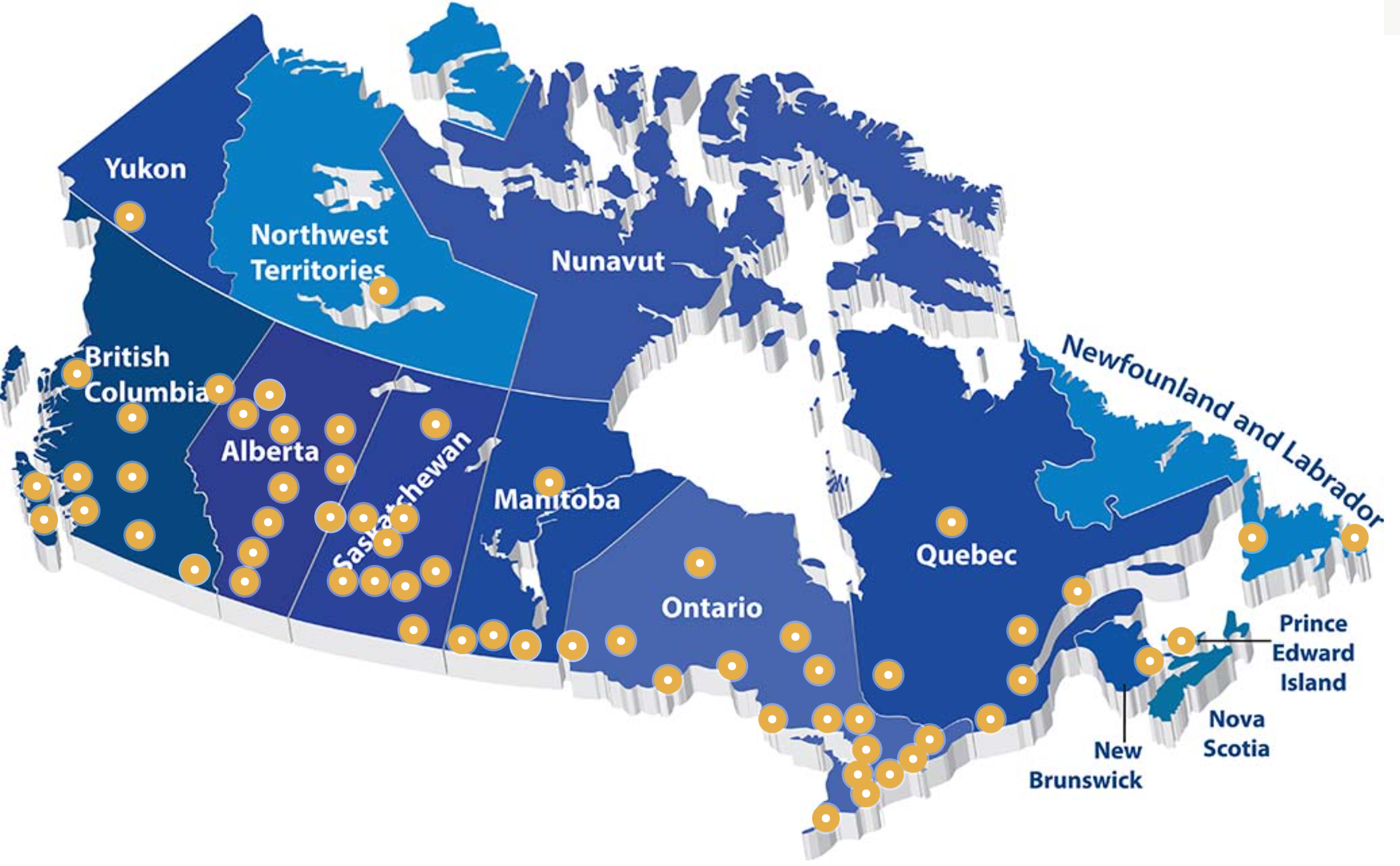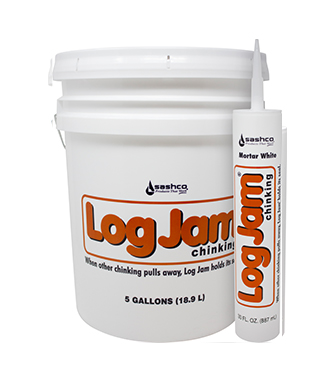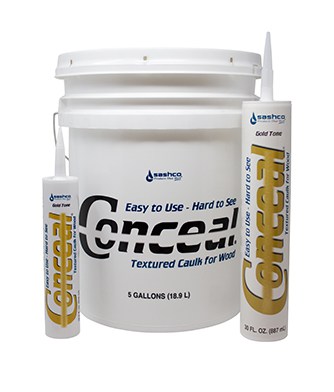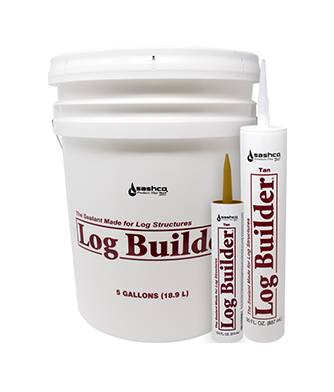Joint Width
Most manufacturers recommend 15% of the log size for joint size after the first drying season. 20% if during the first season. Eg. 10" log x 15% = 1.5" joint Want to go less? You can, but learn more if that is a good decision for you.
Lineal Footage
Take each wall and multiply by the number of rows high. Eg. 40' long x 9 logs high= 360 lf
Multiply by number of walls Eg. 360 lf x 4= 1440 lf . Add for joints in gables/dormers
We see some manufacturers recommending 1/4", but we also see that specific brand failing on a lot of inspections and homeowners having to do repairs. We also get many complaints about that brand "tricking" homeowners into the color/brand and then they need to buy more as the coverage was not accurate. We don't find that ethical. We would recommend any joints larger than 1/2" be a minimum of 3/8" in depth to avoid widespread failure and seeing your backer rod protruding through.
Joint Depth
Log Sealants are designed to stretch as your logs move. They require enough depth (material) so as not to fail. Recommended Depth: Joint Width 1/2" or less= 1/4" depth
Joint Width 5/8" or greater= 3/8" depth up to 1/2" Learn More about playing with depth


